When it comes to bedding, duvet covers and bedspreads are two popular options, each offering distinct styles and benefits. Understanding the differences between these two can help you decide which best suits your needs, whether you're looking for style, warmth, or convenience. In this article, we’ll explore what each of these bedding items is, their pros, and their cons, to help you make an informed choice.
What is a Duvet Cover
A duvet cover is a protective and decorative cover for a duvet (a type of blanket filled with down, feathers, or synthetic fibers). It acts like a large pillowcase that keeps the duvet clean, and its design allows you to easily remove and wash it. Duvet covers are typically closed with buttons, zippers, or ties to secure the duvet inside.
Common Duvet Cover Materials
There are many different types of materials for duvet covers, each with different textures, durability, and comfort levels. Some of the most popular materials include:
Cotton: One of the most common duvet cover materials, cotton is soft, breathable, and easy to care for. It is suitable for year-round use, with Egyptian cotton and Pima cotton being high-end options.
Linen: Linen is a lightweight, breathable fabric made from the flax plant. Linen duvet covers are perfect for hot climates or summer months because they are naturally cooling and moisture-wicking.
Bamboo: Bamboo is naturally anti-allergenic, breathable, and moisture-wicking, making it a great choice for people with sensitive skin or warm climates. It also has a silky, smooth texture.
Satin: Satin is made from cotton and has a smooth, shiny finish for a silky, elegant look. It has a more lustrous feel than regular cotton. Check the difference between silk.
Lyocell: A sustainable, smooth fabric made from wood pulp. It uses less water and chemicals in its production than traditional fabrics.
Read more: Organic Cotton Vs Bamboo Vs Lyocell
Pros
- Easy to Clean: Duvet covers are removable and machine washable, which makes them easier to care for than the duvet itself, which often requires professional cleaning.
- Versatile: They come in a wide variety of fabrics, colors, and patterns, allowing you to effortlessly update the look of your bedroom. Simply change out your duvet cover for a brand new look.
- Comfortable: When paired with a high-quality duvet cover, a duvet provides excellent warmth without being too heavy.
- Lightweight: Duvets with covers tend to be lighter than thick comforters or bedspreads, which is a benefit for those who don't like the weight of a comforter at night.
Cons
- The duvet needs to be tucked in: Some people find it difficult to keep their duvet neatly inside the duvet cover because the duvet may move around inside. This can result in lumps or uneven filling.
- May Slip or Shift: If the duvet cover isn't properly secured with buttons or zippers, the duvet inside may shift, requiring you to adjust it frequently.
- Costly: A duvet cover requires the purchase of an additional duvet, which is a significant investment for those who are looking for a one-piece bedding solution.
Related read: 20 Best Duvet Covers of 2023.
What is Bedspread
A bedspread is a large, decorative bedding piece that covers the entire bed, often extending to the floor. Unlike a duvet, a bedspread is a layer of fabric, usually quilted or woven, designed to provide a beautiful finish to the bed. It is usually not used with an additional quilt and can be placed directly on the bed.

Pros
- All-in-one coverage: A bedspread provides full coverage for the bed, from the top of the mattress to the floor.
- Decorative: Bedspreads come in a variety of styles, from ornate quilted designs to sleek, modern patterns, making it easy for you to coordinate with your room's decor.
- Lightweight: Unlike heavier comforters, bedspreads are typically lighter and thinner, which may appeal to those who live in warm climates or prefer less bulky bedding.
- No extra layers required: Since bedspreads cover the entire bed, you don't need extra layers.
Cons
- Less warmth: Since bedspreads are typically thinner than a duvet or comforter, they may not provide as much warmth.
- Harder to wash: While you can usually wash your comforters at home, they are larger and bulkier than duvet covers, which makes them harder to manage when it comes to washing and drying.
Duvet Cover or Bedspread - Which One to Choose?
Although both duvet covers and bedspreads are used to decorate beds, they have obvious differences, mainly reflected in their use, design, structure, and function. Here is a detailed comparison of them:
|
Feature |
Duvet Cover |
Bedspread |
|
Function |
Protects the duvet, provides decoration |
Decorates the bed, provides light warmth |
|
Coverage Area |
Only covers the duvet |
Covers the entire bed, usually extending to the edges or floor |
|
Warmth |
Requires a duvet for warmth |
Provides light warmth, suitable for warmer seasons |
|
Material |
Soft, comfortable fabrics, commonly cotton or linen |
Various materials, such as cotton, polyester, wool, etc. |
|
Design |
Simple, functional, focuses on protecting the duvet |
More decorative, often features quilting or woven patterns |
|
Usage |
Only covers the duvet, needs to be paired with a duvet |
Directly covers the entire bed, usually not paired with a duvet |
Summary
A duvet cover is used to encase the duvet, primarily focusing on protecting it and providing simple decoration, offering comfort for sleep. A bedspread is a decorative bedding piece that covers the entire bed, mainly for beautifying the bed, and is suitable for times when extra warmth from a duvet is not needed.
If you are looking for high-quality duvet covers to enhance your bedroom, Souver offers luxurious duvet covers made from premium down materials. Available in king and queen sizes, our duvet covers are designed to complement your duvet cover while providing a comfortable and sophisticated sleeping experience. The materials used in Souver duvet covers ensure that they are soft, durable, and breathable, allowing you to enjoy a good night's sleep while adding a touch of elegance to your bedroom decor.
FAQ
Can You Use a Full Size Cover For a Twin XL Insert?
Technically, you can use a full-size duvet cover for a twin XL duvet insert, but it may not provide a perfect fit. A twin XL duvet insert is typically 66 inches by 90 inches, while a full-size duvet cover is usually 86 inches by 90 inches. This means that the duvet cover will be larger, leaving extra fabric hanging around the sides of the insert, which could result in a slightly looser fit. The duvet insert may shift inside, and the overall look may be less crisp. If you prefer a snug fit, it’s recommended to choose a duvet cover specifically designed for a twin XL insert.
Can You Just Use a Duvet Cover By Itself?
A duvet cover is not designed to be used by itself as a standalone bedding layer. It is meant to cover a duvet or comforter insert, which provides warmth and structure. A duvet cover is essentially a protective layer for the duvet, keeping it clean and allowing for easy washing. Without the duvet or insert inside, the duvet cover will likely be too thin to provide warmth or comfort on its own. However, in warmer climates or during summer months, some people might choose to use just the duvet cover as a lightweight, breathable option for bed coverage.
What Do People Use Instead of Bedspreads?
Instead of bedspreads, people often opt for duvet covers, quilts, or comforters to add both style and functionality to their bedding. Duvet covers provide a protective layer for duvet inserts, while quilts and comforters offer warmth and decorative elements. The choice depends on personal preferences and the desired look for the bedroom.
Can You Put a Quilt in a Duvet Cover?
Yes, you can put a quilt inside a duvet cover, though it is not a common practice. Quilts are typically used as standalone bedding pieces, but if you prefer a certain look or want to protect your quilt, placing it inside a duvet cover can be a good option.

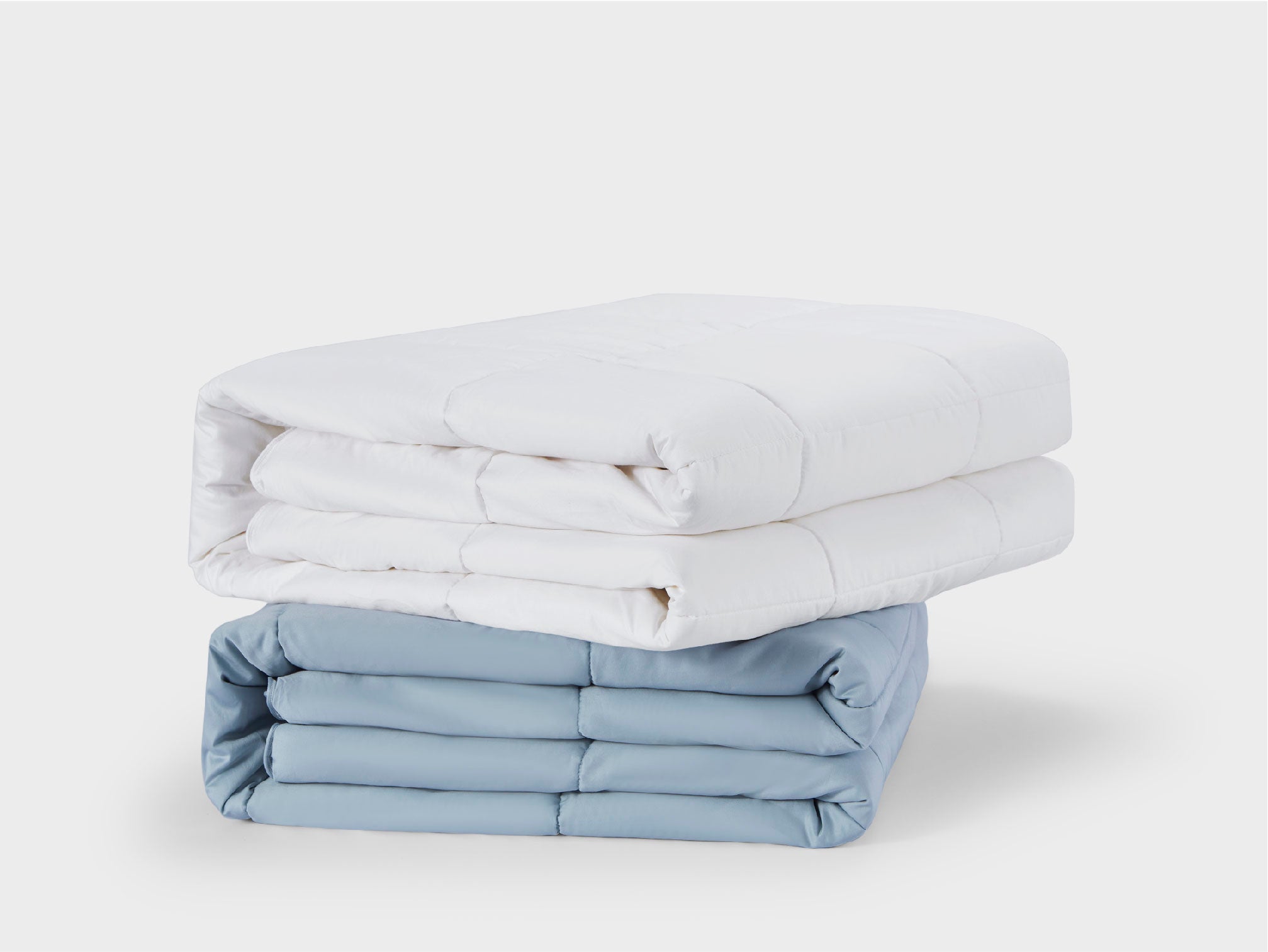
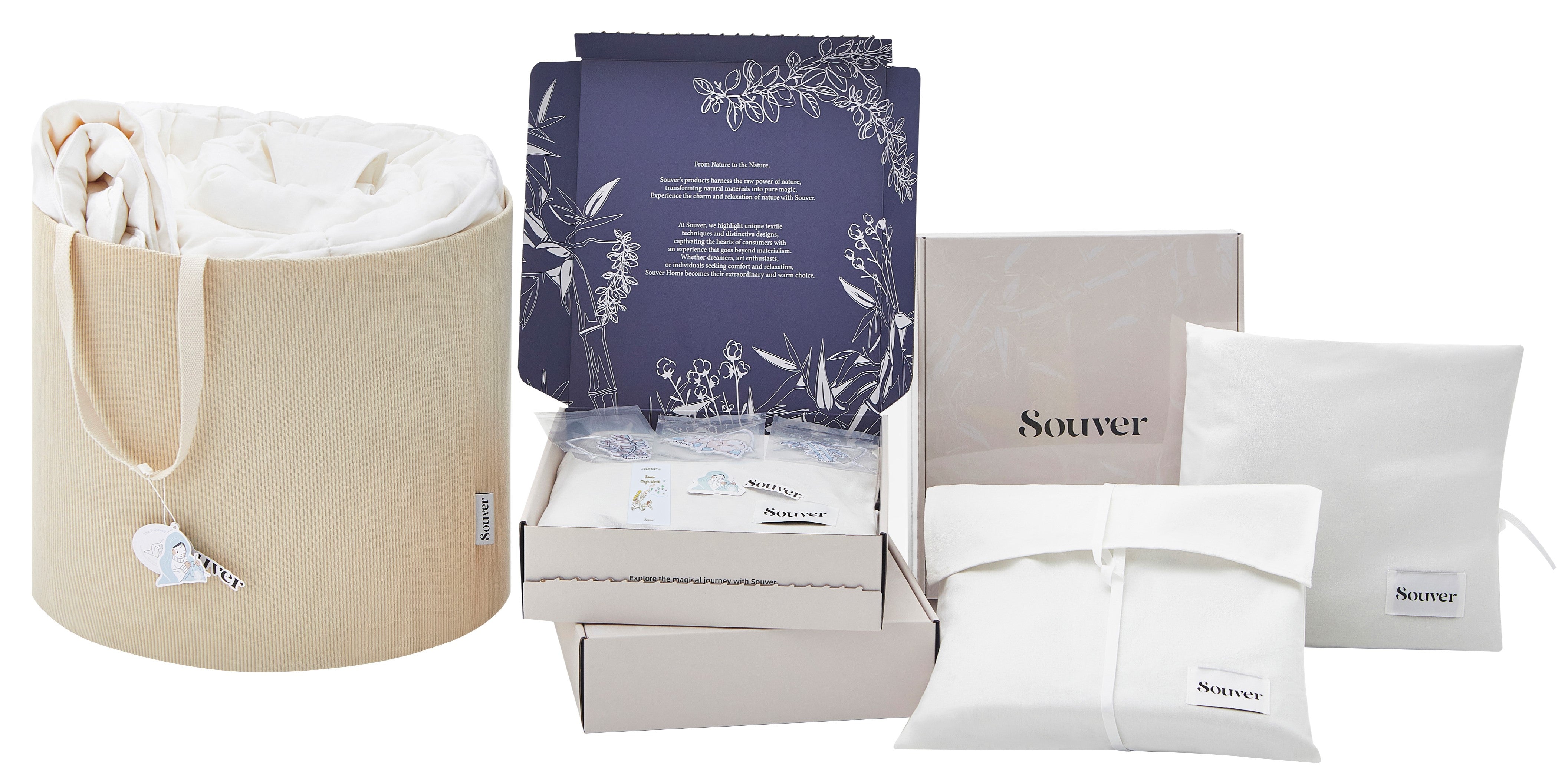


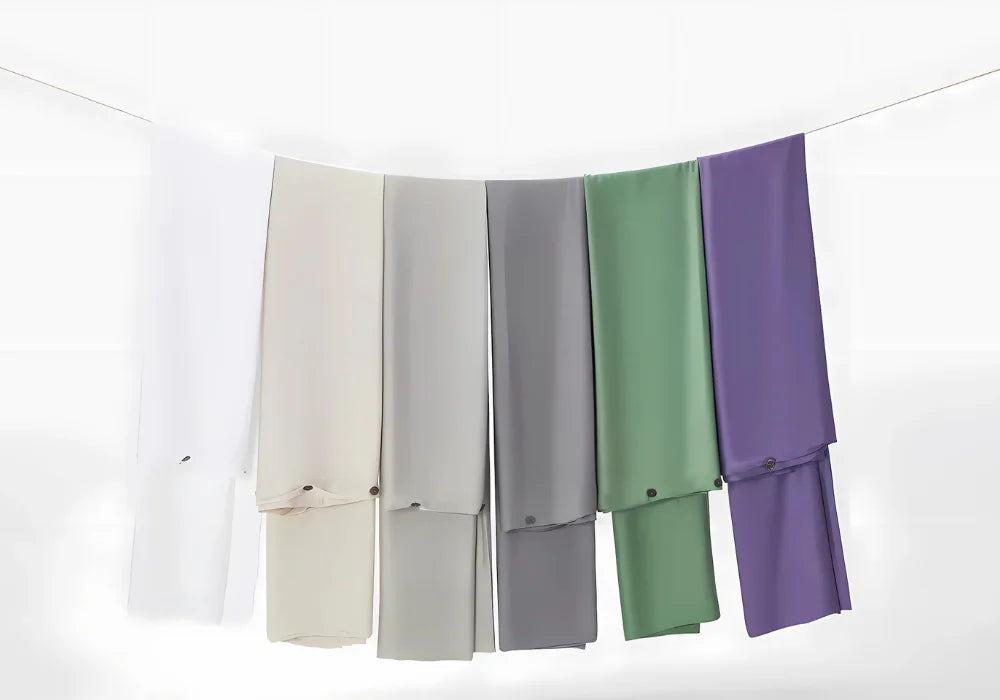


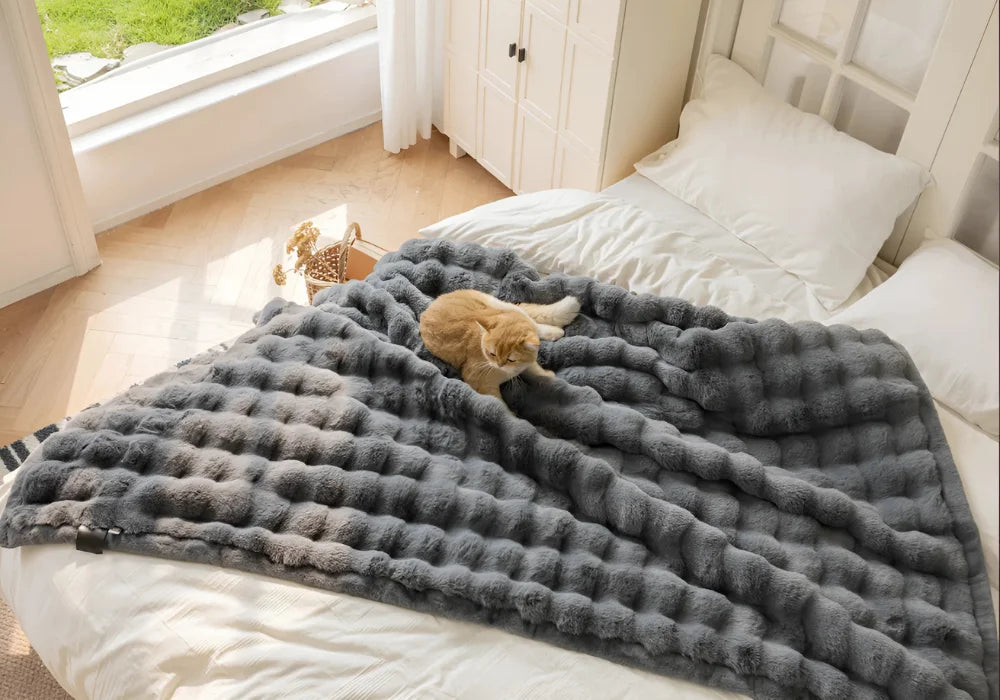
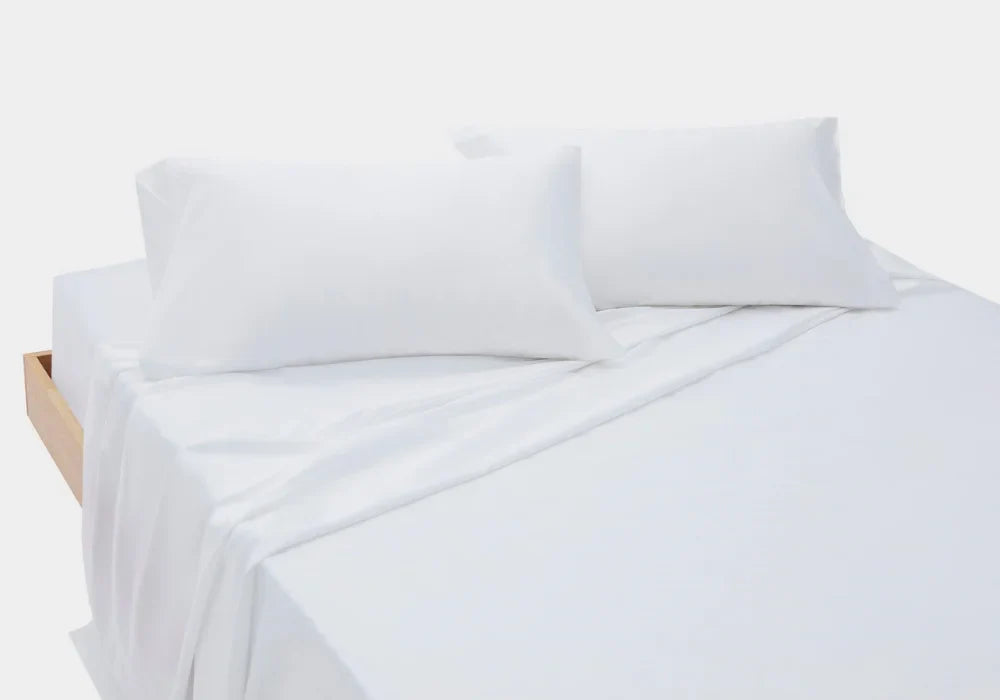
Dejar un comentario
Este sitio está protegido por hCaptcha y se aplican la Política de privacidad de hCaptcha y los Términos del servicio.